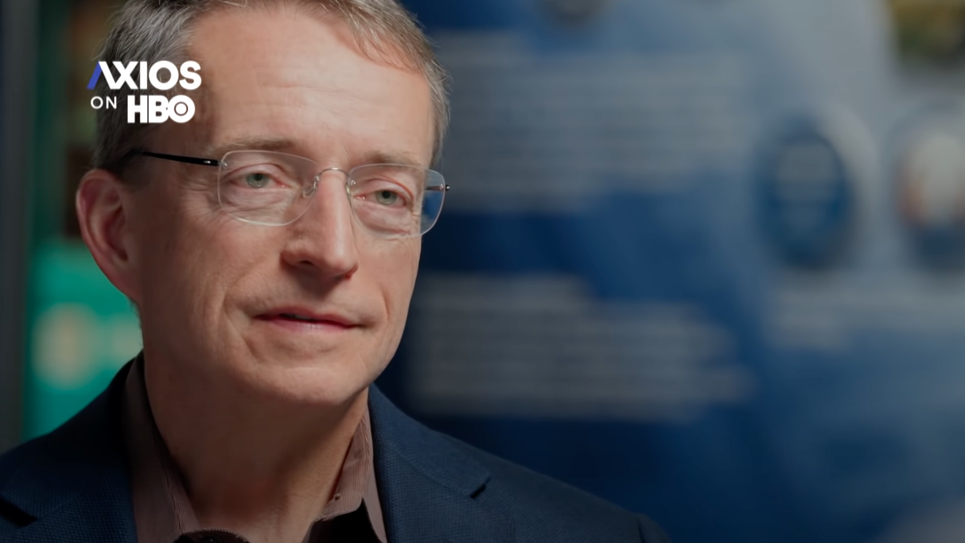
On the eve of Apple’s big MacBook event, Intel CEO Pat Gelsinger said he hopes the company can win back Apple, noting that he hasn’t given up on the idea that one day Macs may once again run on Intel chips. Oh boy.
“You know our stumbles, Apple decided they could do a better chip themselves than we could. And, you know, they did a pretty good job,” Gelsinger said in an Axios interview on HBO.
Gelsinger pointed the finger at his predecessors for Intel’s recent struggles. In particular, he cited leadership moving away from the “maniacal” focus on manufacturing, which was a core part of Intel’s business strategy from the get-go. Later in the interview, Gelsinger said that he hoped to “win back this piece of their business” over time.
Right now, Apple is in the midst of a two-year transition from Intel chips to its own Apple Silicon. The shift was telegraphed back in 2018 in a Bloomberg report—and it was a doozy of a bombshell at the time, though not exactly unexpected. At the time, there were numerous reports during Apple-Intel negotiations that hinted at the iPhone maker leaving Intel in its dust.
To be fair, Intel’s had its fair share of woes in recent years. Namely, in the form of delays as it struggled to make the jump from 14nm to 10nm. Last year, the company also had to push back its 7nm rollout. Sure, the global chip shortage probably had something to do with it, but competitors like AMD haven’t had as much trouble making smaller, faster CPUs. An ex-Intel engineer also said last year that a big reason why Intel lost Apple was due to its poor quality assurance for its Skylake processors.
It’s probably not a coincidence that Gelsinger’s interview aired just before Apple’s MacBook Pro event. The company is expected to launch two new MacBook Pros today, both running on the so-called M1X chip. As for how Gelsinger plans to woo back Apple…
“So what I got to do is make a better chip than they can create themselves… I gotta make sure that our products are better than theirs, that my ecosystem is more open and vibrant than theirs, and we create a more compelling reason for developers and users to land on Intel-based products,” Gelsinger said. “So I’m gonna fight hard to win Tim’s business in this area.”
That’s a tall order, to say the least. Those Intel chips would have to be so powerful that Apple would take up the hassle of moving back from ARM to an x86 architecture. It’d also have to be worth giving up in-house control over its processors and software. At least Gelsinger acknowledged the pursuit would take years. As it stands right now, Intel’s got its work cut out for them.





























